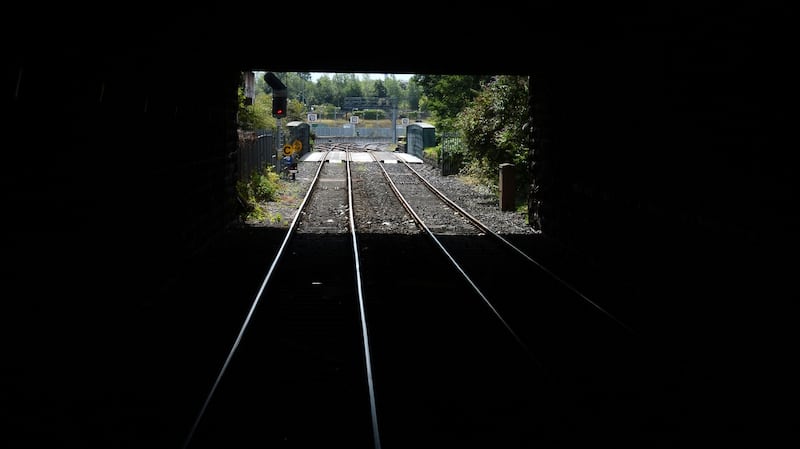Dublin's Phoenix Park is facing its most significant change in decades, with plans for new visitor attractions including a funicular, a driverless shuttle-bus, and a train station, proposed by the Office of Public Works (OPW).
The OPW wants to capitalise on the park's existing attractions, such as Dublin Zoo, the Ashtown Demense and the Magazine Fort, along with developing new facilities to attract more visitors and improve access.

It also wants to reduce the dominance of car traffic in the park which is “not appropriate, nor indeed safe” and has a “significant negative impact on the amenity value of the park”, but it is careful not to propose curbs.
The Phoenix Park Visitor Experience Strategic Review, which is open for public consultation until Friday, April 26th, divides the park into five different areas.
The entrance at Parkgate Street is described as the "welcome quarter"; the area around the zoo and Ashtown Demesne as "activity quarter"; while the west end near Farmleigh has been termed as the "biodiversity quarter". (If you are reading this in the Irish Times app, you can vote for your favourite proposal by clicking here.)
Meanwhile, the Magazine Fort in the south of the park is branded as the “commemorative quarter”; while Chesterfield Avenue, the long straight road bisecting the park has been called the “central line”.
Two “welcome pavilions” have been proposed for the Parkgate Street entrance to serve as visitor information centres and “may also glow in the evenings, as lanterns, to summon people, perhaps out of an autumn drizzle” the OPW said.
The main visitor centre would be at the Ashtown Demesne, where the current cafe could be redeveloped as a children’s education centre, and a larger cafe, toilet facilities and visitor centre would be built, as well as the possibility for extensive “discrete” car parking facilities.
The zoo entrance facilities could also be expanded, and the tea rooms and bandstand near the zoo could be upgraded. A train station on the underground Phoenix Park rail line which runs from Heuston Station could also be located to the east of the zoo.
The biodiversity quarter, which takes in Fury Glen and the White Fields at the west end of the park would see the least intervention, but there could be scope for development of the existing pavilion near the Knockmaroon gate as a biodiversity centre. It could be “tripled in size” without being over developed the OPW said. Toilets and an upgraded picnic area with a possible “organised barbecue” space could be located here. Barbecues are currently banned in the park.
The biggest changes are likely to be seen in the commemorative quarter focused on the Magazine Fort. This old military structure could be refurbished with exhibition facilities, a shop and cafe, a rampart walk and moat walk, but could also incorporate a funicular which would run to the Memorial Gardens at Islandbridge on the other side of the river Liffey.
The central spine of Chesterfield Avenue could be dotted with playgrounds and temporary and permanent art installations and outdoor exhibitions. However its principal function would be to act as a public transport route to discourage people from taking cars into the park. The OPW proposes a “driverless shuttle” bus or “road train” carrying 15 passengers at a time. Such a system which was “almost science fiction a relatively short time ago has now become a readily achievable reality” it said.
While the OPW does suggest new parking areas, it is keen to reduce through traffic and “tame” the use of the park for commuter parking it said.










